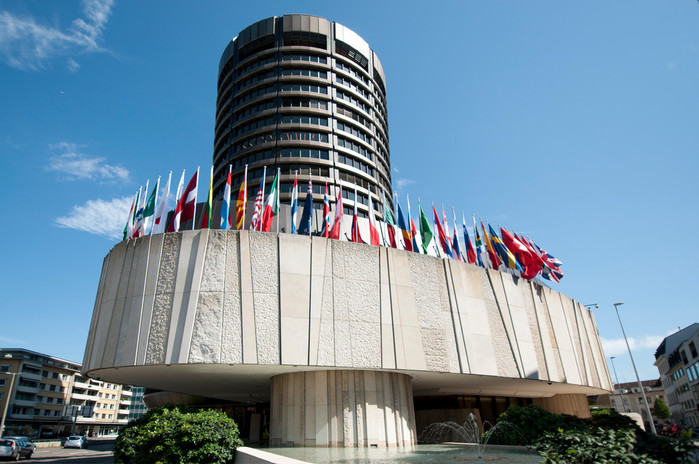
by ClausenCenter | May 7, 2019 | Brett Green & Catherine Wolfram, Grant, International Trade & Development, Research
by Paul Gertler, Brett Green, Catherine Wolfram
The proliferation of mobile technologies and digital payments systems have the potential to radically change the credit market landscape in developing economies. In this project we will explore how a combination of these recent advances have facilitated an innovative fi�nancial contract that utilizes a new form of collateral, which is designed to enhance technology adoption and access to collateralized borrowing the developing world. We will then explore the extent to which this collateral can be \re-used” to provide poor households with a�ordable and recurrent access to credit markets.


by ClausenCenter | May 7, 2019 | by Cecile Gaubert, Grant, International Trade & Development, Research
by Cecile Gaubert, Pat Kline and Danny Yagan.
Place-based redistribution is ubiquitous but has traditionally enjoyed little support among economists. We study a class of spatial equilibrium models highlighting the equity-efficiency tradeoffs that arise when taxes and transfers are indexed to location. Extending classic results on indirect taxation (Atkinson and Stiglitz 1976; Saez 2002), we establish conditions under which transfers from one region to another are welfare improving, even in the presence of an optimal place-blind income tax that already redistributes across worker types. The case for indexing transfers to place is strengthened when preferences for locations are heterogeneous across worker types, but it is dampened by heterogeneity in the productivity of locations. A calibration estimates the potential size of optimal place-based redistribution in the United States.


by ClausenCenter | May 6, 2019 | by Emi Nakamura and Jon Steinsson, Financial Globalization, Grant, Research
by Emi Nakamura and Jon Steinsson
There remains limited empirical evidence on the real consequences of fixed versus floating exchange rate regimes, despite the importance of the question, both in terms of developing open economy macroeconomics models, and in determining appropriate macroeconomic policies. A benchmark reference in this literature is Baxter and Stockman (1989), who conclude that the exchange rate arrangement doesn’t matter. This evidence is deeply unsatisfying. The main empirical exercise is to compare pre-1973 (fixed exchange rate) to 1973-1986 output volatility for a set of countries. However, many other factors changed between the pre and post period aside from the exchange rate regime, making it difficult to know whether the exchange rate regime was the cause of any difference between the two periods.
A more recent and more convincing reference is Broda (2006), who studies the effect of “terms of trade” shocks for countries with fixed versus floating exchange rates. A basic challenge here is that the terms of trade depend mechanically on the exchange rate. Broda focuses on small countries for whom he argues the terms of trade are exogenous. We can show, however, using our identification approach (more on this below) that the assumption of an exogenous terms of trade is violated. Rose (2011) concludes his recent survey on this topic by stating that “similar countries choose radically different exchange rate regimes without substantive consequences for macroeconomic outcomes like output growth and inflation.”
We believe these issues are ripe for re-investigation, given the limitations of the empirical methods that have been used in previous research. propose a new identification approach to study these issues below and present some preliminary results.


by ClausenCenter | May 6, 2019 | by Barry Eichengreen, Financial Globalization, Grant, Research
by Barry Eichengreen
There is no official Bank for International Settlements view of feasible and desirable exchange rate and international monetary arrangements, so far as can be gleaned from documents and publications of the institution. Butit is possible to discern the outlines of an unofficial, unstated institutional consensus. Its most prominent elements are the proposition that lax credit conditions create incentives for risk taking that can threaten systemic stability; that the instruments and institutions that convey capital flows across borders are important for understanding financial-stability risks; and that there is a role for macro-prudential policy in restraining the excesses that heighten these risks.
In this project I will trace the events, personalities and institutional dynamics responsible for the development of this view. I will do so through the lens of the Bank’s Annual Reports, which provide a distillation of the thinking of staff and management. I will see characterize the evolution of those analyses, focusing on the post-Bretton Woods period that saw the emergence of the modern BIS and is most directly relevant to today. I plan on supplementing my discussion with material from the BIS archives and secondary sources.


by ClausenCenter | May 6, 2019 | by Ross Levine, Financial Globalization, Grant, Research
by Ross Levine

It is crucial to understand the impact of the geographic diversification of a bank’s assets on its funding costs because (1) the costs to banks of raising capital, issuing other securities, and attracting deposits affect the allocation and pricing of bank credit, which are central to economic growth and the distribution of income and (2) banks expand geographically for many reasons, raising questions about the impact of such expansions on funding costs and bank lending. Existing research, however, offers differing perspectives on whether the geographic diversification of bank branches and subsidiaries increases, decreases, or has no effect on the costs to banks of raising deposits and issuing securities. This research will provide the first empirical evaluation of the impact of geographic expansion on the costs of a bank’s interest-bearing liabilities, which account for about 90 percent of bank liabilities. A crucial methodological contribution is the development of an empirical strategy to identify the impact of an exogenous source of variation in the geographic expansion of a bank on its funding costs.










